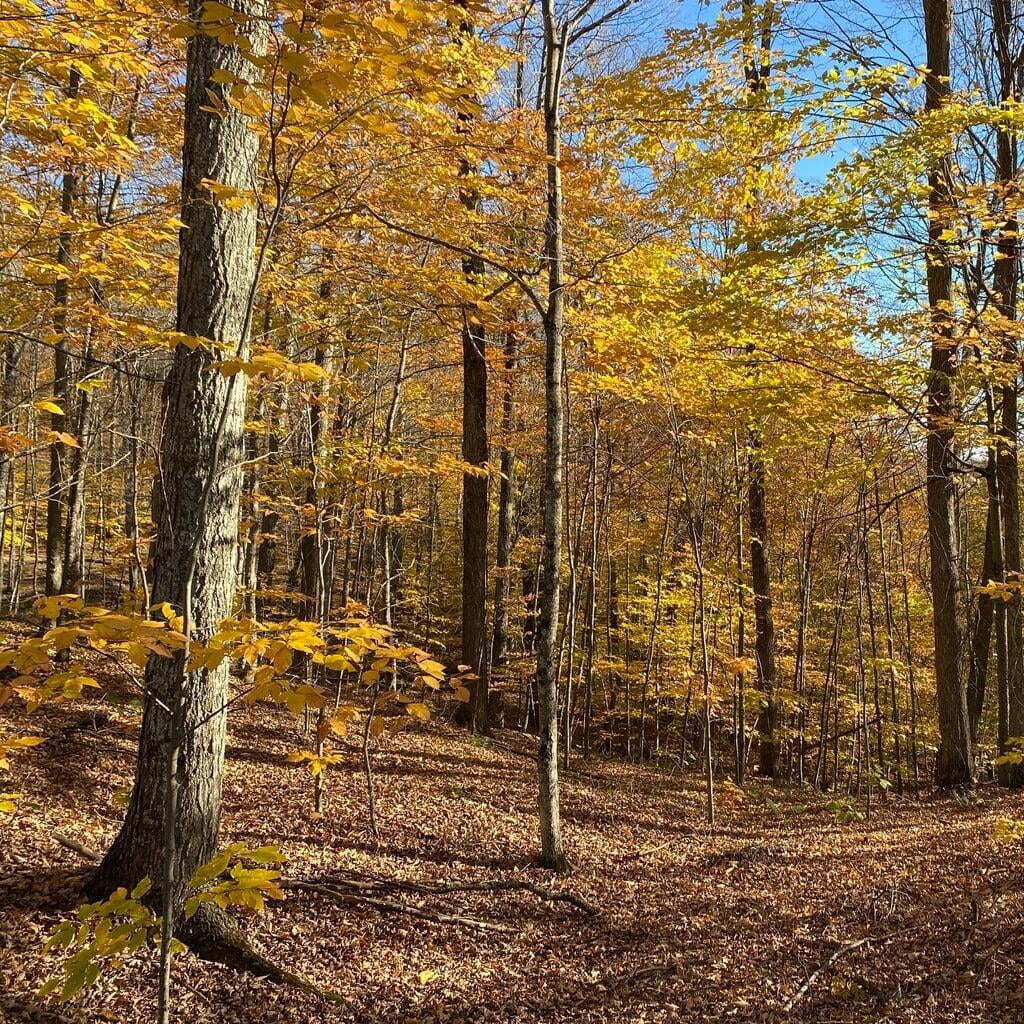Acer saccharum
Sugar maple description:
Acer saccharum, commonly known as the sugar maple, is a deciduous tree native to North America. It can reach a height of up to 100 feet and a trunk diameter of 3 feet.
The leaves are opposite and palmately lobed, with five lobes, each of which has a serrated edge. The leaves are typically 8-15 cm (3-6 inches) long and wide, and turn brilliant shades of yellow, orange, and red in the autumn.
The flowers of the sugar maple are small and inconspicuous, with greenish-yellow petals. They appear in spring before the leaves emerge.
The fruit of the sugar maple is a double-winged samara, also known as a "helicopter" or "whirlybird," that typically measures 3-5 cm (1-2 inches) long. The samaras mature in late summer or early autumn and contain a single seed.
The sugar maple is an important source of maple syrup and hardwood lumber. It is widely planted as an ornamental tree in parks and large gardens, and is also used as a shade tree in residential areas.
Native Range:
Sugar maples have a native range in the USA extending from Maine, New Hampshire, and Vermont in the north, south to Tennessee, North Carolina, and Georgia, and west to Minnesota, Iowa, and Missouri. It is also found in parts of the Canadian provinces of Ontario and Quebec.
Standard Plant Information:
Plant Height: 60-100'
Bloom time: April - June
Preferred Habitat: Does well in shade to full sun with mesic soil.
Planting:
Planting a tree seedling or small potted tree properly is important to ensure its healthy growth and development. Here are the steps you can follow to plant a tree:
Choose the right spot: Select a spot with adequate sunlight, water, and soil drainage. Make sure the tree has enough space to grow to its full size without interfering with other plants, structures, or utility lines.
Prepare the soil: Dig a hole that is twice as wide and slightly shallower than the root ball of the seedling. Remove weeds or debris from the area. Loosen the soil around the edges of the hole to help the roots grow more easily.
Plant the seedling: Place the seedling in the hole, making sure the top of the root ball is level with the ground surface. Gently spread out the roots and fill in the hole with soil, tamping it down lightly as you go.
Water the seedling: Water the tree deeply and thoroughly after planting, making sure the soil is evenly moist. This will help settle the soil around the roots and eliminate any air pockets.
Monitor the growth: Keep an eye on the seedling to make sure it is getting enough water and sunlight, and that it is not being attacked by pests or diseases. Prune any damaged or dead branches as necessary, and provide support if needed.
By following these steps, you can help ensure the healthy growth and development of your newly planted tree seedling.









